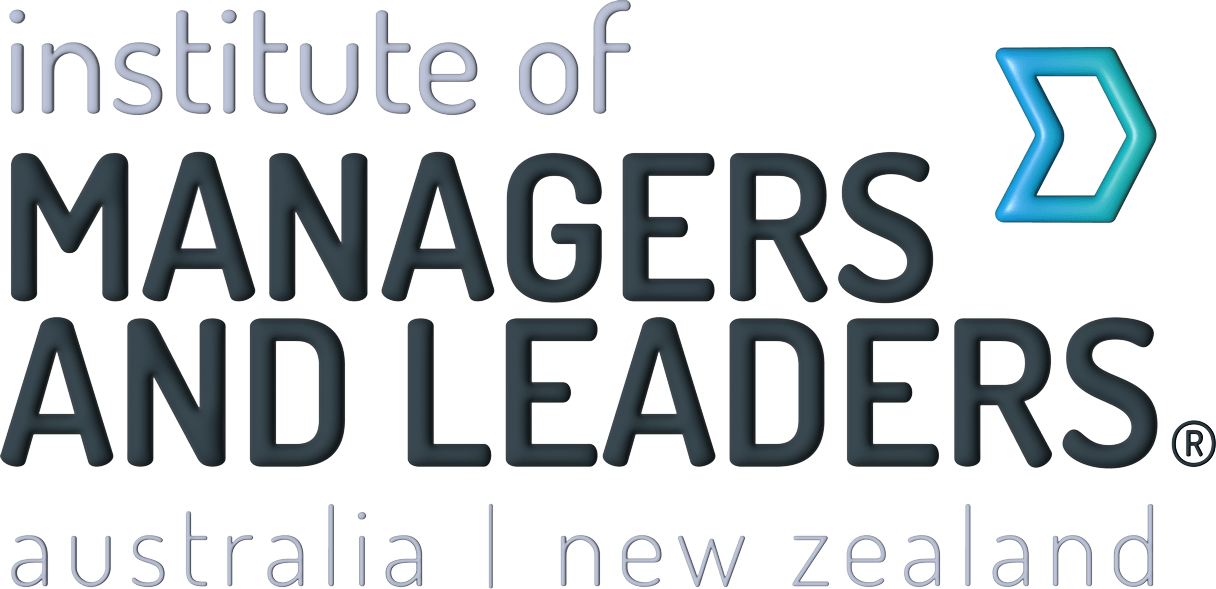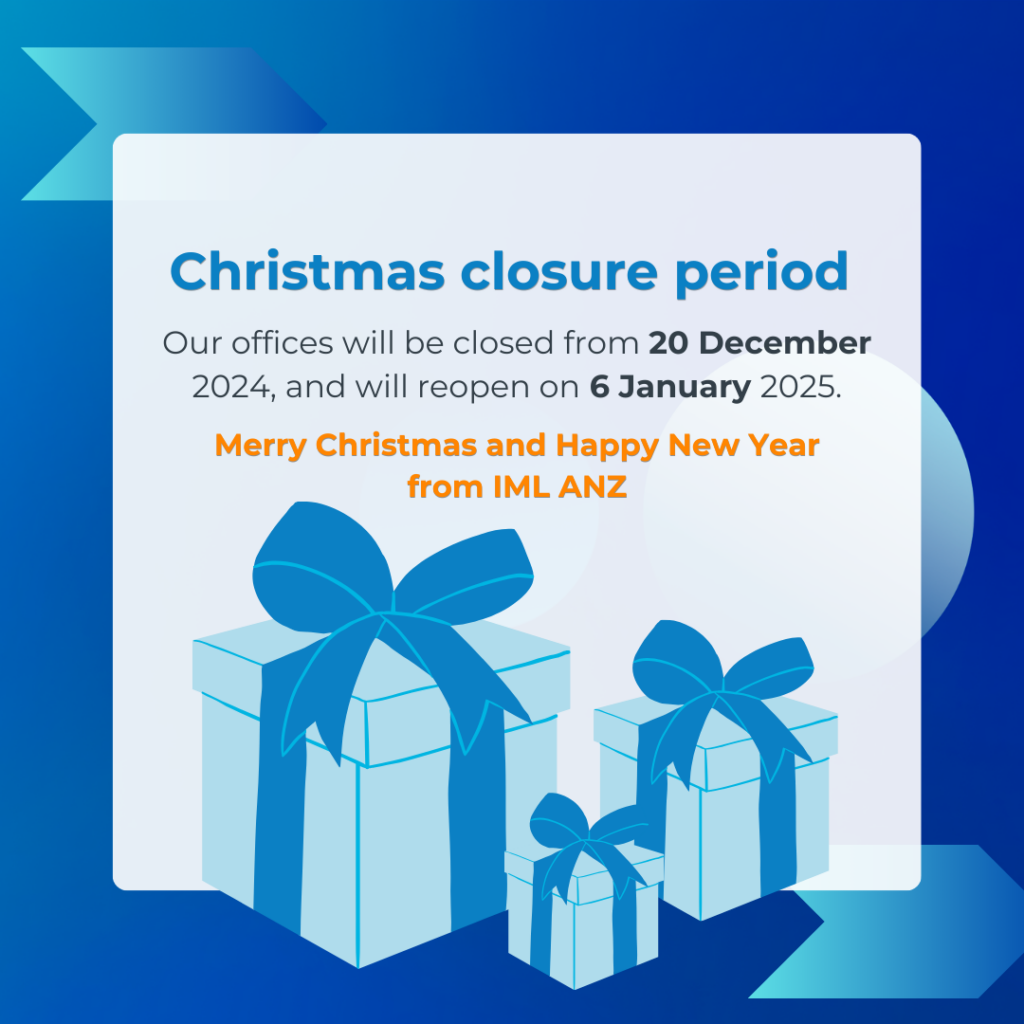By Stuart Taylor, Chief Executive Officer of Springfox (formerly the resilience institute Australia).
Creating a resilient corporate culture takes time and effort, but you won’t regret it.
Stress. We all experience. We all talk about it. Even seeing the word in print stirs at least a little discomfort in most.
Removing stress from the workplace sounds like a great idea in theory. In reality, though, a certain amount of stress can be beneficial and, in some cases, necessary to drive individuals and corporations to higher levels of performance. However, there is a tipping point at which pressure to perform has counterproductive effects.
The focus of modern cultural change programs shouldn’t be on removing stress, but rather on creating an environment where people are able to process, rationalise and view pressure as a opportunity. Employers don’t need to create stress-free organisations, they need to create resilient organisations.
Organisations exist for people and through people. It is true that modern organisations are increasingly characterised
by technology, systems, processes and rules, but at the core they remain much like any other group of people or tribe. And just like any other tribe, members look to the chief to rally them in times of trouble.
A resilient corporate culture is one that is able to balance the drive for high performance with a focus on maintaining the safety, well-being and effectiveness of its people. Resilient organisations understand that high performance is very different to sustainable high performance. And it all starts at the top.
“In a volatile, uncertain and complex world, resilience is a strategic asset.” – Stuart Taylor
Disruption, resulting from technological advances and geo-political shifts, personifies the modern corporate battle ground. This places people under increasing pressure and strain. The persistent change in the world and the pressures on us to transform and adapt require agility.
To thrive in this environment, organisations must commit to a systemic approach to fostering a resilient culture where people feel respected, trusted and supported. Leaders must be role models. When they fail to engage, the tribe loses trust in its chief.
Our organisation’s study of 26,099 professionals over a six-year period revealed confronting insights about our modern workforce. More than half of those surveyed (55%) worry excessively, 50% are hyper vigilant, 45% experience distress symptoms, and 30% experience excessive work intensity, and/or have impulse control problems.
The research clearly demonstrated that the workforce is anxious and overloaded, contributing to a prevalence of absenteeism, presenteeism, conflict and attention loss in the workplace. The effect of absenteeism alone costs the Australian economy more than $44 billion a year.
Here are some simple steps leaders can can take:
-
LEAD WITH COMPASSION
Resilient organisations are possible when you lead with deep care and the ‘greater good’ in mind. Sometimes this requires tough love, however, it will build trust and respect.
-
SHOW VULNERABILITY
A powerful way to demonstrate your trust, compassion and respect for your people is to ask the same of them. Leaders who aren’t ashamed to show their shortcomings demonstrate that what is expected is commitment and effort, not perfection. This breeds a culture of accountability, where people are willing to admit they need help or have made a mistake.
-
TALK TO YOUR PEOPLE
People perform best when they understand what’s expected of them. Make your strategic priorities clear and resist the urge to use corporate jargon.
-
FIND OUT WHAT PEOPLE ARE GOOD AT
We all do best when we play to our strengths. A concerted effort should be made to help people understand what their natural strengths are. This can contribute to an organisation’s strategic priorities.
-
CONSIDER DIVERSITY
Does your organisation accurately reflect the world outside? It is critical that people feel comfortable to be themselves at work, regardless of age, gender, sexuality or cultural beliefs. A considered diversity strategy is critical for any modern organisation.





